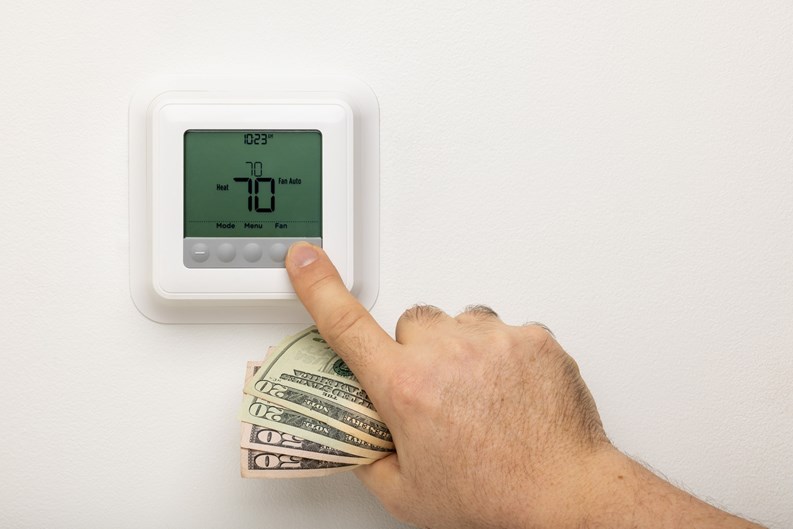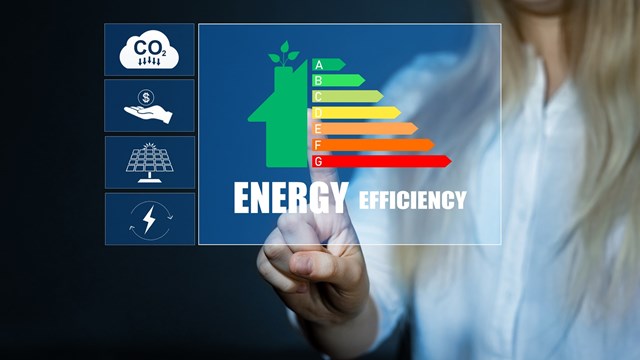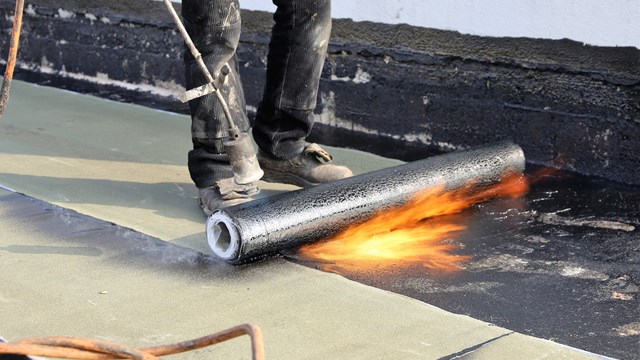As the climate crisis accelerates, numerous, diverse technologies are being designed to battle the effects of heavily polluting, carbon-based energy sources like oil and gas. Many of these innovations are coming out of the heating, ventilation and air-conditioning (HVAC) sector.
Heat recovery systems (HRSs) are among these. Designed to supply conditioned air to an occupied space in order to maintain a desired constant temperature, heat recovery systems help keep a building ventilated while recovering heat emitted from the inside environment.
An energy recovery system (ERV) is a type of air-to-air HRS that transfers heat energy and moisture from one source to another - specifically between sources outside and inside a home. (It should be noted that while all ERVs are heat recovery systems, not all heat recovery systems are ERVs.) Antonio Argibay, principal of NYC-based Meridian Design Architects, explains in simple terms: “An ERV is primarily a heat exchanger. It takes outside air and passes and exchanges temperature transferring heat through a duct. Outside air for inside air. An ERV brings in fresh outside air and takes out stale inside air.”
During warmer seasons, an ERV pre-cools and dehumidifies; during cooler seasons, the system humidifies and preheats. An ERV system helps HVAC design meet ventilation and energy standards, improves indoor air quality, and reduces total HVAC equipment capacity requirements, thereby reducing total energy consumption. ERV systems enable an HVAC system to maintain a 40-50% indoor relative humidity in most conditions.
Giulia Alimonti, vice president for building envelope services at Entuitive, a Canadian building engineering firm with offices in New York, explains in more depth: “An ERV is a system where fresh air is drawn in from the outside and passes through a heat exchanger where, whether winter or summer, the thermal energy is transferred into the incoming air. In winter, it uses the temperature of the interior air to warm up the air. In summer, the opposite occurs. The ERV does this by recovering thermal energy from air.”
Use & Benefits
Using an ERV creates what’s known as a ‘passive house.’ “A passive house is a house where exterior insulation exceeds local energy code requirements,” says Alimonti. “The building is super-sealed; there is no infiltration.” But Keep in mind that an ERV is not an air conditioner. “Its benefits are energy efficiency and improved air quality,” says Argibay. “It’s better and more effective than free standing filters, and it increases comfort and reduces cost. It’s very energy-efficient, and uses less air conditioning than you would without it.”
ERVs also improve interior air conditions, and thereby the health of occupants. “The air that comes into the interior is one hundred percent filtered,” says Alimonti, “so there’s a big health benefit. ERVs filter out all the pollutants we normally are exposed to - consider last year’s Canadian wildfires, and car pollution, for example - and can help regulate humidity. They increase occupants’ comfort as well. Typically, passive spaces have little need for heating or cooling because they are airtight, but because they’re airtight, they do require constant ventilation. So these systems are very good for health.”
What About Apartments?
A passive house environment can be created in a multifamily building - but with some caveats and limitations, based on the age and construction of the building in question. The size and specifics of the ERV unit will depend on the structure in which it is used, and one baseline requirement for the technology is an existing HVAC system based on ductwork - like a forced hot air or combination HVAC unit. Older multifamily buildings that operate on a radiator heating system and window or through-wall air-conditioners would not be good candidates.
“ERVs can and are used in apartments,” says Argibay, “but you have to design a building for them,” he stresses. “It’s difficult to retrofit an apartment or a building that doesn’t have the necessary duct structure, technology, etc., but if you have a central HVAC system, it’s possible. When designing apartment buildings today, the trend is to use ERVs to design a passive house environment.”
Costs
There are additional costs associated with the installation and use of ERVs. “There’s a concern that it could be much more expensive,” says Alimonti. “It does add about 10 percent more in construction, but you save a fortune in heating and cooling over a long period of time. In New York City, NYSERDA has a program to help defray costs. They offer several incentives for this type of thing. There are also programs available at the federal level at this time.”
In the search for energy efficiency, zero-carbon footprint, and improved quality of life, ERVs are another option to investigate.







Leave a Comment